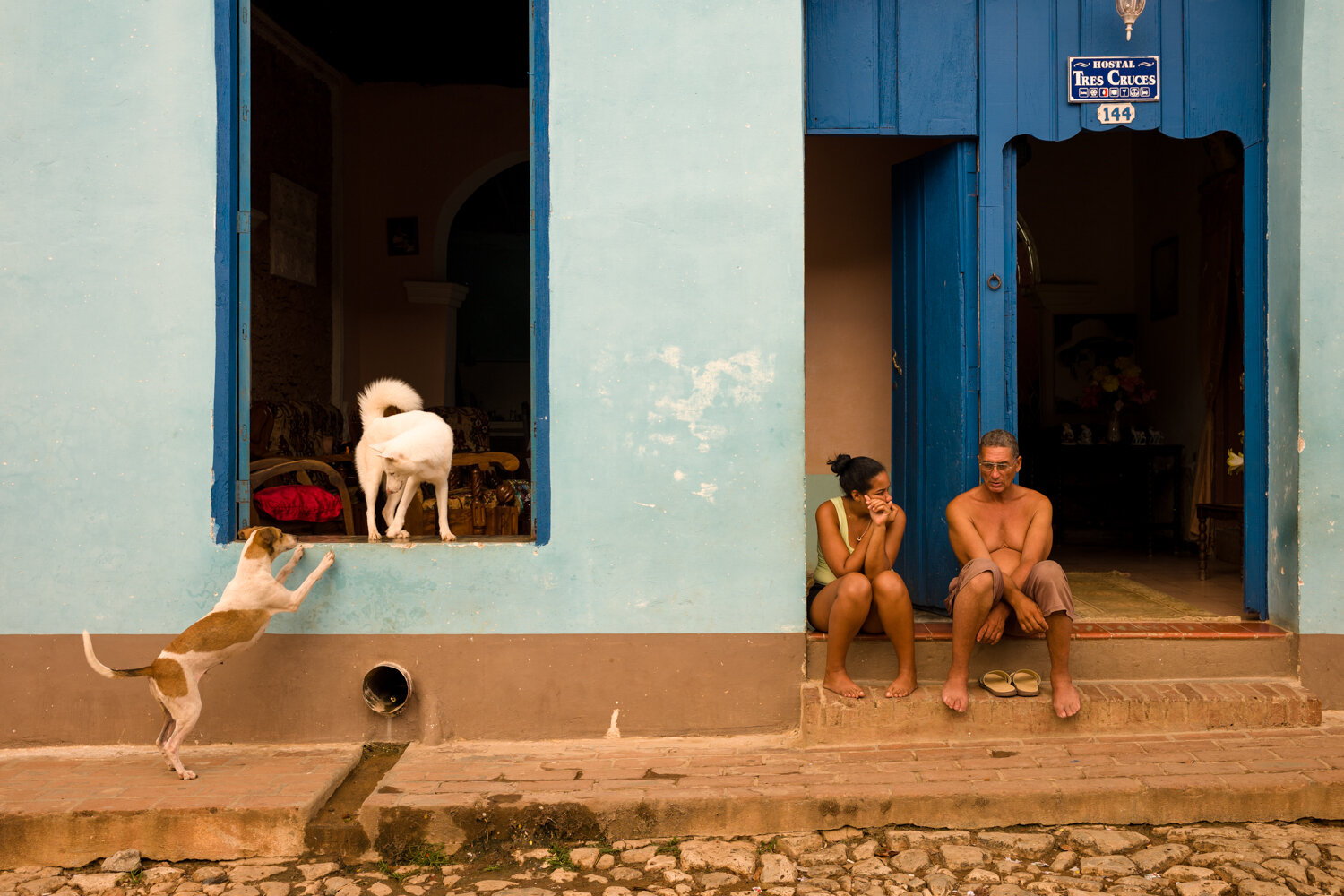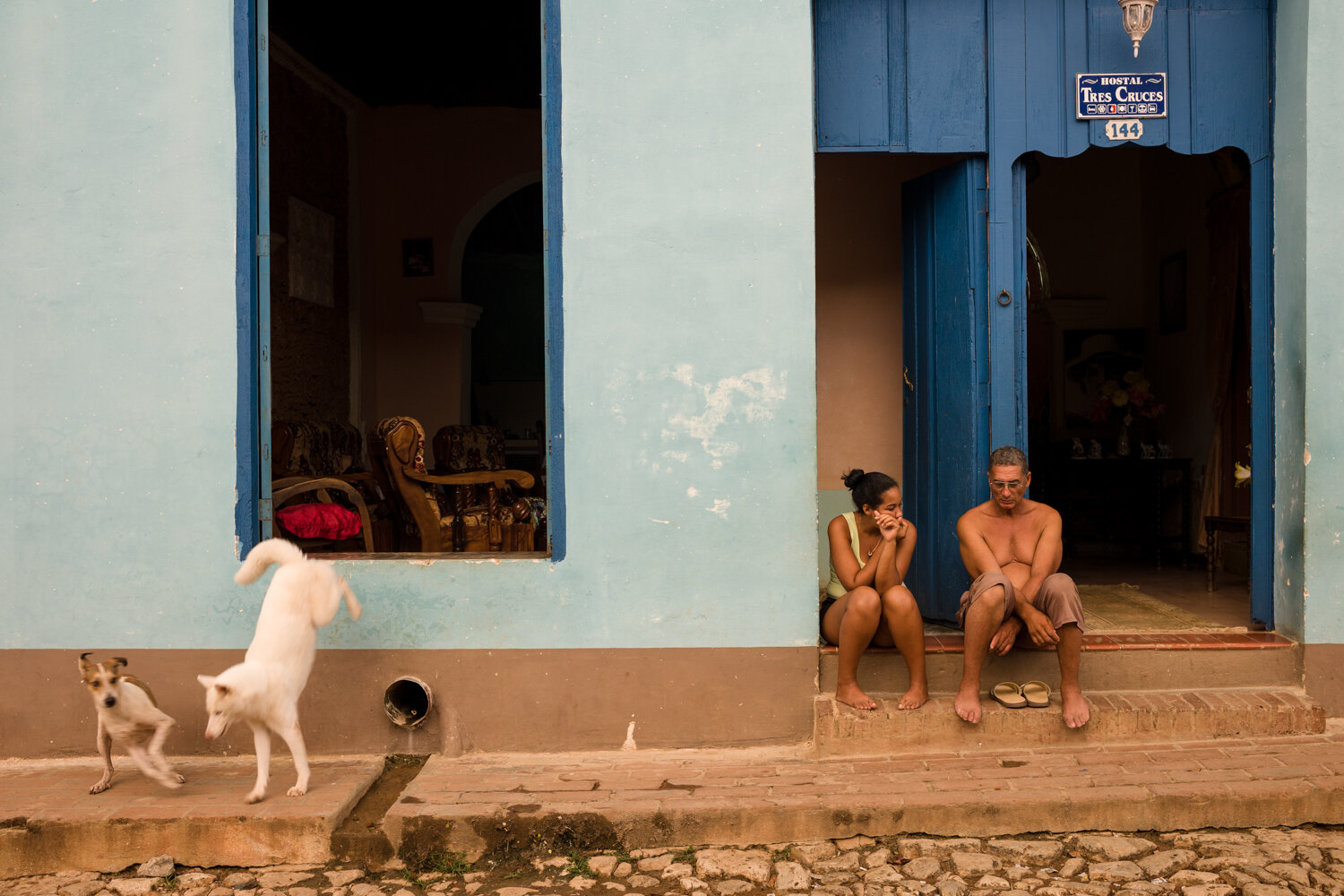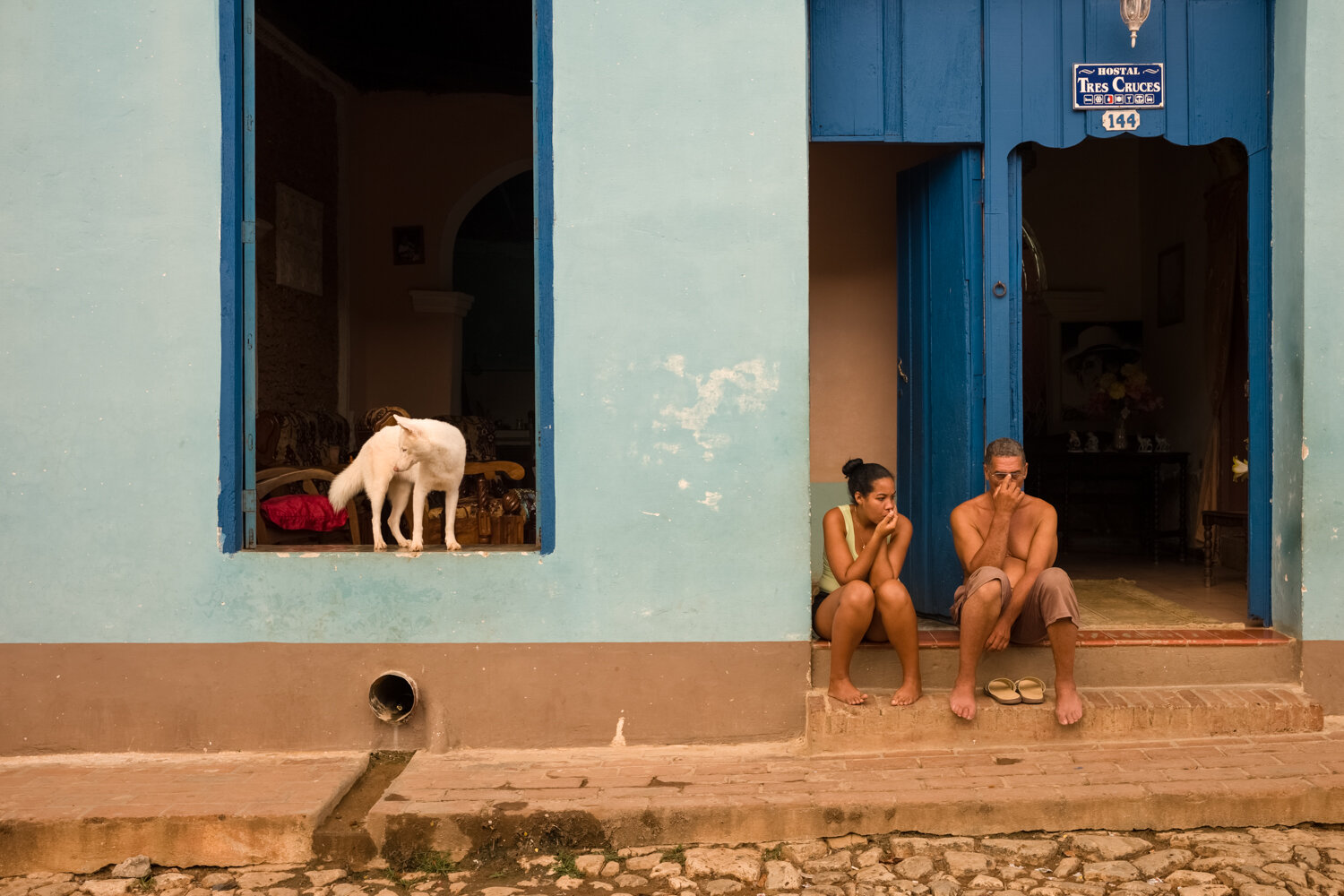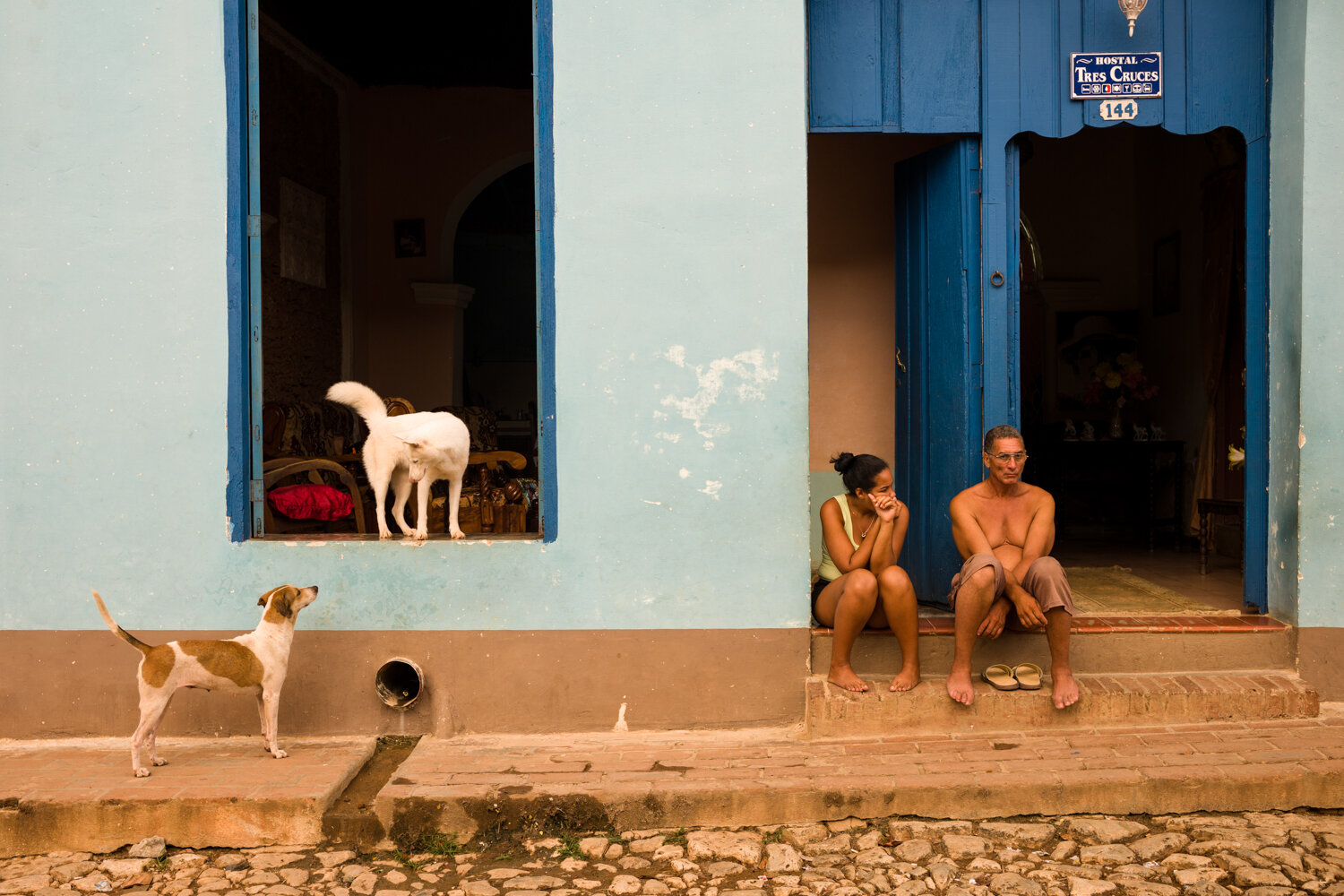Visual Haiku in Storytelling
Short-form storytelling has been around for ages, especially in the world of television commercials and magazine montages trying to articulate a brand proposition to consumers. But, while this form of narrative was primarily the domain of large publishers and brand marketers, social media platforms have brought forth numerous short-form story formats to photographers and visual artists — Instagram Stories, Snapchat, Vine, TikTok, and many more. Attention spans to consume stories today measure in a “couple of visuals” or “3-4 second video clips.”
As a teenager and an adult, I grew up on, and developed an appetite for classic documentary-style narratives, full feature, long-form stories from the good old BBC and National Geographic. Yet, while walking on the streets, be it in Cuba, India, New York, or anywhere else, and making images that somewhat could fall in the realm of “street photography,” I also appreciate the fact that things happen very quickly in the street. Stories unfold in moments, or sometimes in that one Cartier-Bressonic “decisive moment.” Often, one can capture that story in a single frame, but sometimes there is opportunity to show a bit more in a few frames.
All images in this gallery © Ayash Basu | Jibaro Photos
So, while walking on the cobblestone streets of Trinidad, I came upon this scene captured in four successive frames. All the action happened within five to seven seconds and the four images shaped a chronicle. These images won’t win grants, awards, or get feature publications, but sometimes it’s the act of things falling into a flow and one being there to capture it is adequate enough. Is this a short-form story? Possibly. But how do we repeat this? How do we apply this consistently? How could one make a structured and conscious approach out of this while shooting in the street?
An insight and potential approach came out of a casual conversation with my eleven-year old girl, Anoushka, who urged me to think in haikus — three visual frames at a time that follow the three-line structure of short Japanase verses with five, seven, and five syllables respectively. So here goes a short-form story (it doesn’t get any shorter):
“A dog stands alone,
Oh, Hi! a new doggie friend,
Let’s play together.”
- Anoushka Basu



All images © Ayash Basu. Sequence cut to three frames to reflect Anoushka’s haiku story.
If I were to summarize my takeaways, they would be as follows:
Stories are around us everywhere, all the time. We just have to be attentive and watchful.
Try to spot a narrative in a few frames, three is a good number. People see, think, and remember constructs that are grouped in threes.
Visual stories don’t need to be poems or haikus but the discipline of thinking in fewer words and themes is good.
Lastly, you can learn from anybody, even your young child who is not yet a teenager, nor a photographer.




